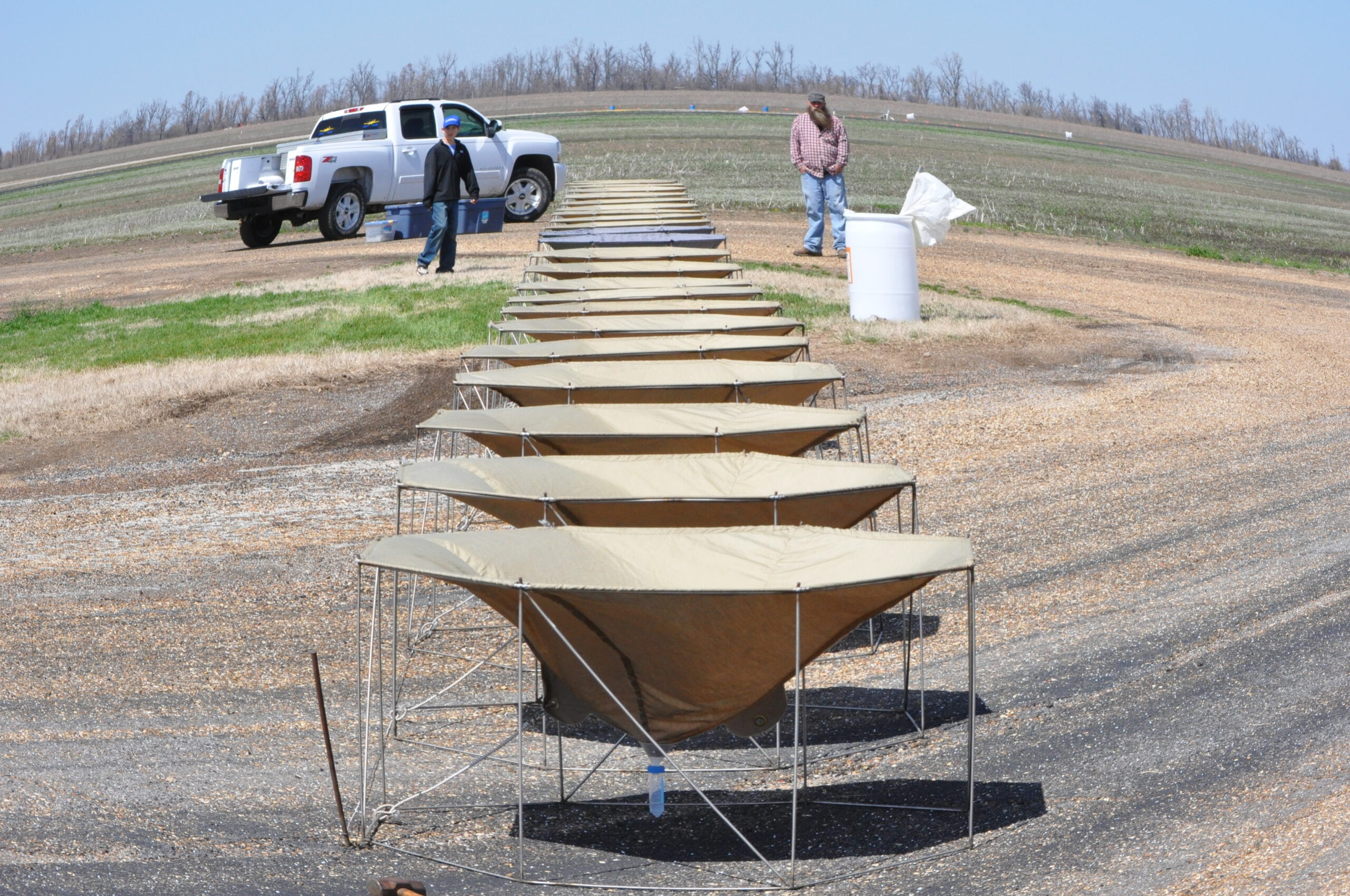In ag aviation stick and rudder skills become honed to a fine edge. It comes with the territory of repetitive low-level flights at high gross weights with much cranking and banking day in and day out. To make it even more challenging, operations often occur at high-density altitudes from remote airstrips and even at night, where soaring daytime temperatures prohibit daylight-hours applications.
On the other hand, skills tend to gain a bit of rust during the off-season, whether a month or two or longer, depending on the geographic location. It is essential to recognize this decreased level of performance, which naturally accompanies a break in the action. Professional athletes such as Major League Baseball players are well aware of this tendency and have spring training before a new season, where through practice and exhibition games, they can get back into the groove.
Many ag operators have spring training of sorts with refresher programs in place, where everyone – mixer/loader, refueller, Ops Manager, office staff, pilot – takes the necessary time to get reacquainted with the details and demands of their job to ensure all pieces of the puzzle come together smoothly.
As the action can get quite intense in a heartbeat through a massive and unexpected infestation, everyone must be at the top of their game when the rubber hits the road with a new season. When that happens, the $64,000 question is, can we have a season with no accidents and, even more to the point, with no fatalities?
Given the nature of the industry – flying long hours often in challenging conditions – the question poses an extremely sobering and challenging task. But while the question itself is open to debate, the fact remains that while the debate continues, there is a lot we can do to move the yardsticks down the field continually.

Building a Culture of Safety
As the old adage goes, tomorrow is your reward for working safely today. I was recently discussing the topic of safety with a friend who did contract work in a nearby potash mine. The mine has adopted a culture where every employee takes ownership of keeping safety as the number one priority. Every day starts with a field-level risk assessment where employees and their supervisors meet to define and remediate potential hazards that might arise in the day’s schedule.
Quite a number of ag operators have similar morning operations and safety briefings before things get rolling, where the day’s work is reviewed along with potential safety hazards, e.g., new towers in the area, wind and temperature considerations, susceptible bordering crops, etc. I think it’s an excellent idea for everyone to adopt.
One last item I found very interesting in the discussion with my friend was that the mine safety program highlighted four areas likely contributing factors to an accident: fatigue, rushing, complacency, and frustration. Sound familiar?

Fatigue
Regarding accident investigations, fatigue is frequently cited as a contributing causative factor. This is especially true regarding the severe degradation of decision-making skills that accompany those times when physical and mental fatigue reaches critical levels. Unfortunately, we don’t have a ‘fatigue meter’ to determine when this happens. Still, several warning signs can give us a heads-up before a typical day at work becomes something we don’t want.
That starts with a self-assessment before hopping into the cockpit. If you’re feeling a bit tired, you probably are already well on the road to being a potential accident waiting to happen, and no amount of caffeine intake will change things for the better.
There are a number of things a pilot can do to make self-assessment more objective. Flying to and from the field at a specific altitude, e.g., at least 500 feet. If you wander significantly from those markers, consider it a warning bell going off. Other items like forgetting to reset the gallons remaining on the GPS unit or omitting admin details on your worksheet can indicate that your focus is waning.
Proactive steps can prevent safety incidents of epic proportions, and on the flip side, missing those steps can herald a disaster. As Safety Expert Eleanor Everet states, safety is not a gadget but a state of mind.

Rushing
Slow down! When the action gets intense, there is a tendency to try and do things in a hurry. This can easily lead to missing critical items on a checklist (like flaps on takeoff), mixing the wrong hopper load for an upcoming trip, or similar situations where haste makes waste. Rushing around any machinery is never a good idea, especially around an aircraft where the prop is turning.
Complacency
As noted in the opening paragraph, the good news about ag flying is that stick and rudder skills become honed to a sharp edge. The bad news is that sharply honed skills promote overconfidence, leading to complacency. You are more apt to press takeoff limits in mid-season than when you’re just getting back in the saddle, and the rust shows. Know your limits, and stick to them!
Frustration
You’ve been to that field thrice this week, and the wind has been out of limits every time. It is starting to get on your nerves. Without considerable self-restraint, it is all too easy to let frustration get the better of you and press weather limits, where there’s a good chance you’ll end up with a huge drift claim coming your way or something worse you really don’t want.
If you already have annual ‘spring training’ in place, take the time to follow it to a tee. And if you don’t already have one, take the time off-season to develop a program where everyone gets the time needed to return to competitive form. Maybe that elusive goal of an accident-free season is closer than we think.





